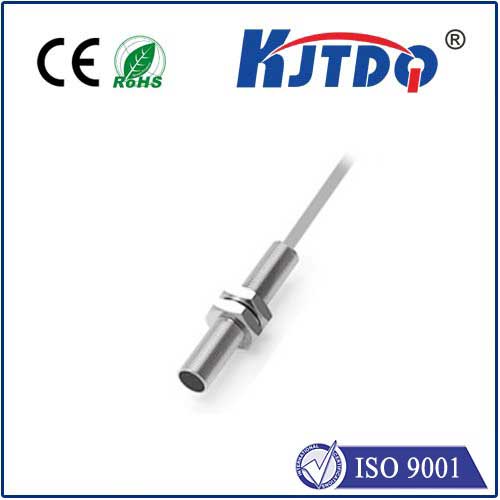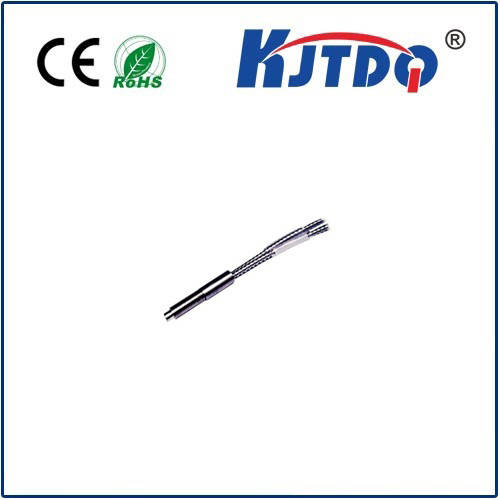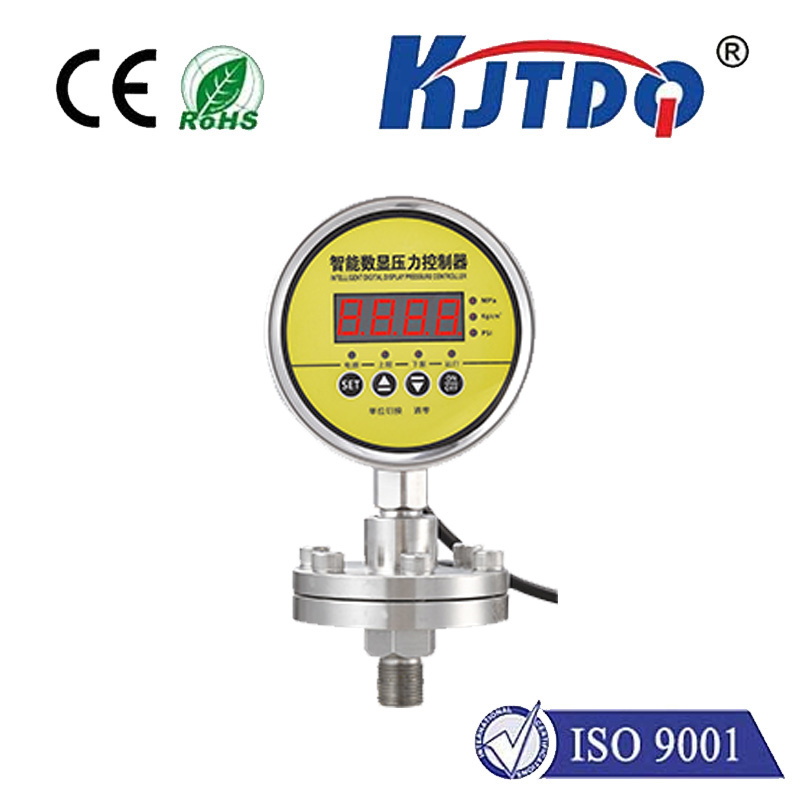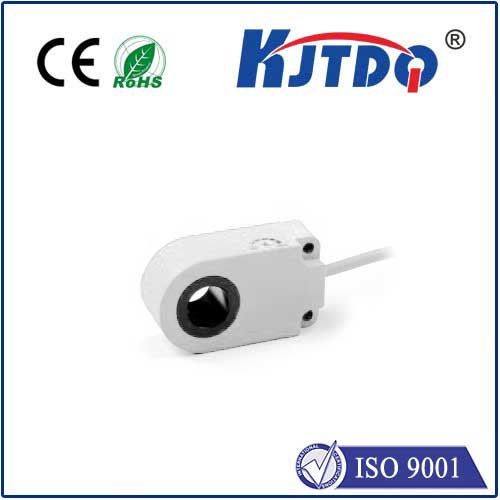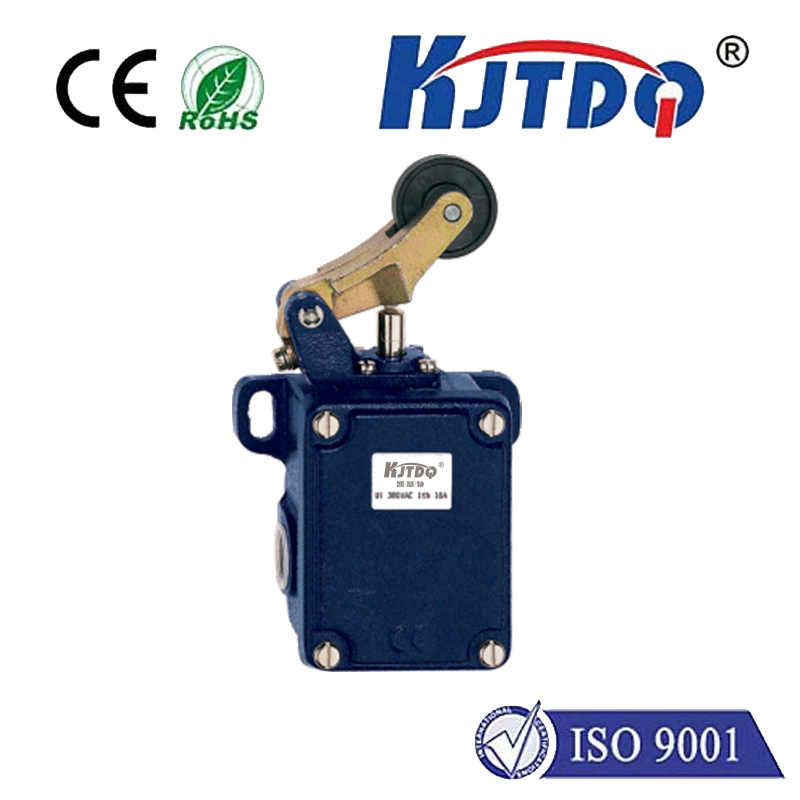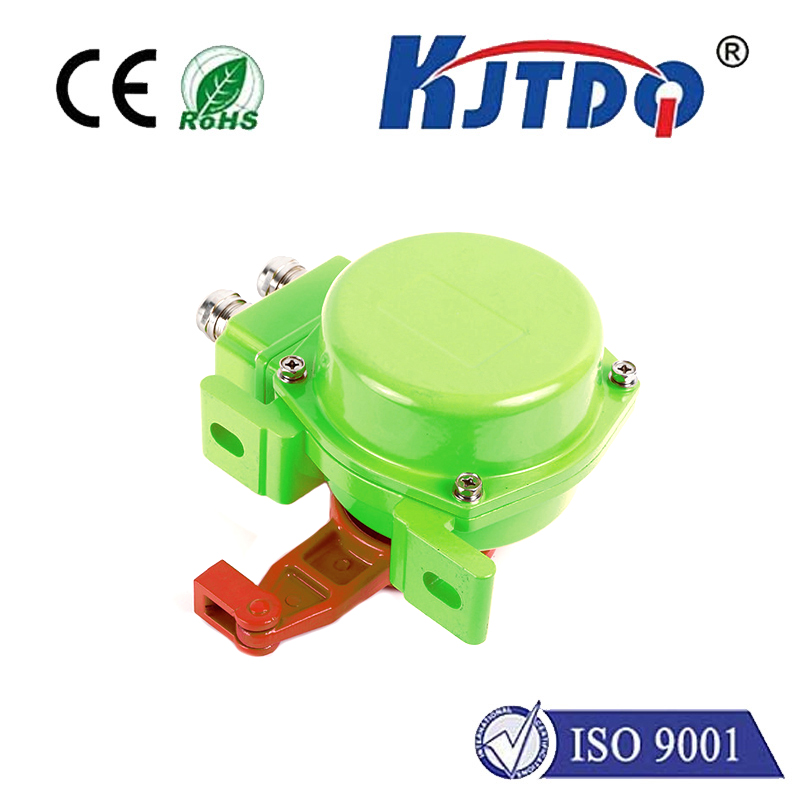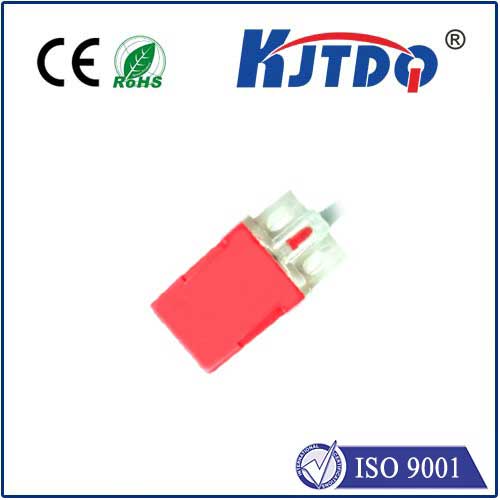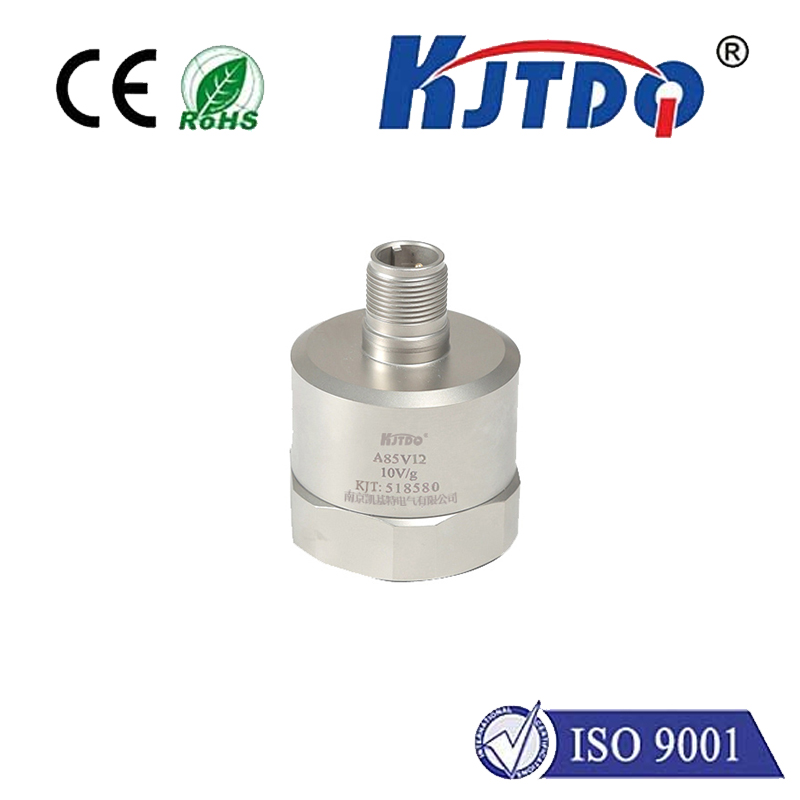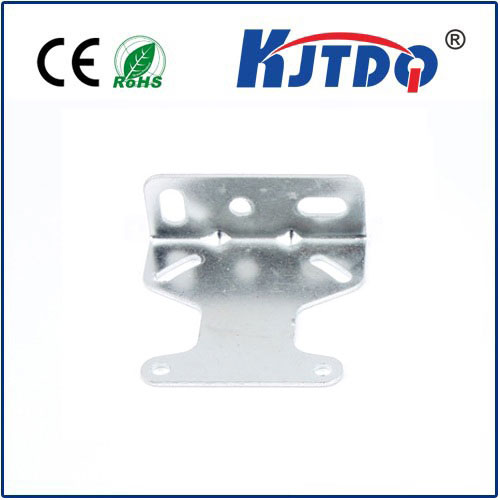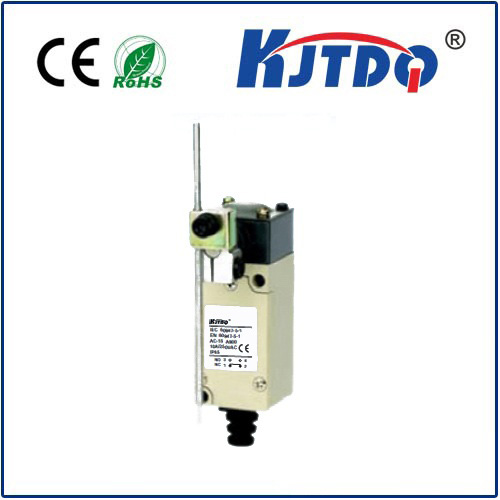
check

check

check

check
In the realm of industrial automation and control systems, precision is paramount. One critical component that ensures this accuracy is the high-pressure transducer. These unassuming devices play a pivotal role in various applications, from manufacturing to medical diagnostics. This article delves into the world of high pressure transducers, exploring their significance, functionalities, and the myriad ways they impact modern technology.
A high pressure transducer is a device designed to convert varying pressure into an electrical signal. It does this by measuring the pressure applied to a sensing element and transforming it into a measurable output, typically in the form of voltage or current. These transducers are engineered to withstand extreme pressure levels, making them indispensable in environments where high-pressure readings are crucial.
High pressure transducers operate based on several principles, including piezoelectricity, capacitance, and strain gauge mechanisms. Piezoelectric transducers use materials that generate an electric charge proportional to the applied pressure. Capacitive transducers measure changes in capacitance caused by pressure-induced displacements. Strain gauge transducers rely on the resistance change of conductive foil when deformed by pressure. Each type has its unique advantages, catering to different application needs and conditions.
The versatility of high-pressure transducers makes them valuable in a wide array of industries:
Oil and Gas Industry: In drilling operations, monitoring reservoir pressure is critical to prevent blowouts. High pressure transducers provide real-time data, ensuring safe and efficient extraction processes.

Aerospace: Aircraft engines and spacecraft require precise pressure measurements for fuel management and structural integrity under varying altitudes and speeds.
Automotive: Modern vehicles use high-pressure transducers in tire pressure monitoring systems (TPMS) to enhance safety and fuel efficiency.
Medical Field: In healthcare, these transducers are pivotal in monitoring blood pressure, respiratory support systems, and surgical instruments requiring accurate pressure control.
Research Laboratories: Scientists employ high-pressure transducers in experimental setups, such as material testing under extreme conditions or simulating deep ocean environments.
Technological advancements have propelled high-pressure transducers to new heights of performance and reliability:
Enhanced Accuracy: With improved sensor technologies and signal processing techniques, today’s transducers offer unparalleled measurement precision.
Durability: Robust construction materials and protective coatings enable these transducers to withstand harsh chemical, thermal, and mechanical abuse.
Compact Size: Miniaturization allows seamless integration into confined spaces and portable devices without compromising functionality.
Wireless Capabilities: The advent of wireless technology facilitates remote monitoring and data transmission, enhancing convenience and reducing wiring complexities.
Despite their significance, high-pressure transducers face challenges like environmental interference and long-term stability under continuous stress. Researchers and manufacturers are continually working towards overcoming these obstacles through innovative materials, better encapsulation methods, and smarter algorithms. Looking ahead, the integration of artificial intelligence promises to unlock new potentials for predictive maintenance and adaptive sensing capabilities, further solidifying the indispensable role of high pressure transducers in our technological landscape. In conclusion, high pressure transducers stand as silent sentinels guarding the integrity and efficiency of numerous industrial processes and everyday applications. Their ability to measure extreme pressures with precision continues to drive progress across diverse fields, underscoring their importance in the pursuit of innovation and excellence. As technology evolves, so too will these remarkable devices, ensuring they remain at the forefront of measurement science for years to come.
